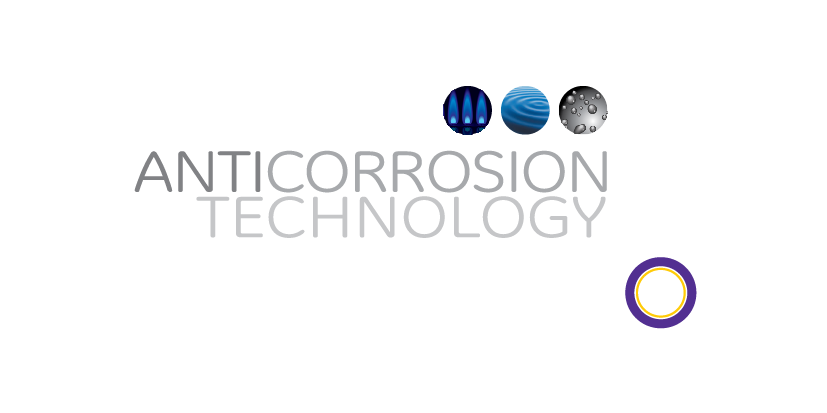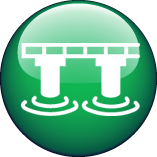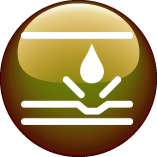FAQ
What does self-healing exactly mean?
STOPAQ® has the ability to heal imperfections within the coating, as it flows easily at an ambient temperature. The material has the ability to cold flow, thus allowing it to level out and become flat at an ambient temperature, forming a smooth uniform film. The benefit of such a property means that:
- Scratches/pores of the substrate are filled without any external influence (temperature, pressure, etc.)
- The material has good adhesion to surfaces with small defects or welds etc.
- Scratches in mechanical protective materials, i.e., shrink sleeves are repaired automatically.
What is Viscosity?
Viscosity is the measure of resistance by a fluid from being deformed by either shear stress or extensional stress. It is commonly perceived as “thickness,” however, it describes a fluid’s internal resistance to flow and can be thought of as a measure of fluid friction. As water has the ability to flow freely, and is thus considered “thin”, it has a lower viscosity. All real fluids (except super fluids) have some resistance to stress, however, a fluid with no shear stress resistance is known as an ideal fluid of inviscid fluid. The study of viscosity is known as rheology.
How important is surface cleaning for STOPAQ® applications?
A common process in coating application is to clean the surface of the substrate. This typically improves the wetting process and ultimately adhesion between the coating and substrate. With STOPAQ®, there is no requirement for pre-cleaning of the substrate such as blasting to Sa2.5 including specific roughness profiles. This is because STOPAQ® absorbs traces of dust due to its high affinity to fillers.
Is STOPAQ CZH Paste the same as STOPAQ CZH Wrappingband?
STOPAQ® CZH Wrappingband differs as it is reinforced by elastic fibers creating a balance between adhesion and cohesion, whilst CZH paste is pure compound molded in sheets and does not include any elastic fibers. Thus, for balance improvement, it is reinforced by other special ingredients.
Is STOPAQ impermeable?
STOPAQ® CZH Wrappingband creates a barrier from gas and moisture resulting in gas and water to be trapped inside the compound and thus, stopping it from getting out and more importantly, inhibiting the penetration of external moisture through the substrate.
Is STOPAQ CZH Wrappingband harmless?
STOPAQ® CZH Wrappingband polymer is virtually tasteless and odor free and is extremely non-polar and does not interact with polar skin and is therefore not a skin irritant. All raw materials are compliant with FDA and EU regulations and NSF/ANSI 61 approved.
What is the difference between FN4100 and FN4200?
STOPAQ® 4100 Putty is only used as an anti-corrosion compound for underground objects up to a maximum operating temperature of 30DegC.
STOPAQ® 4200 Filler is an anti-corrosion filler which can be used at the surface to fill the space between above ground flanges or tank bottom chime areas and can be used in applications where the maximum operating temperature is +100DegC.
What is the difference between FN2100 and FN4100?
STOPAQ® 2100 Aquastop is designed specifically for sealing underground cable pipeline penetration and can be applied in a wet environment. It can NOT be used to protect steel against corrosion.
STOPAQ® 4100 Putty is an anti-corrosion compound which can be used underground to seal manhole covers, valves, flanges, etc. STOPAQ® 4100 Putty must be applied on a dry surface.













